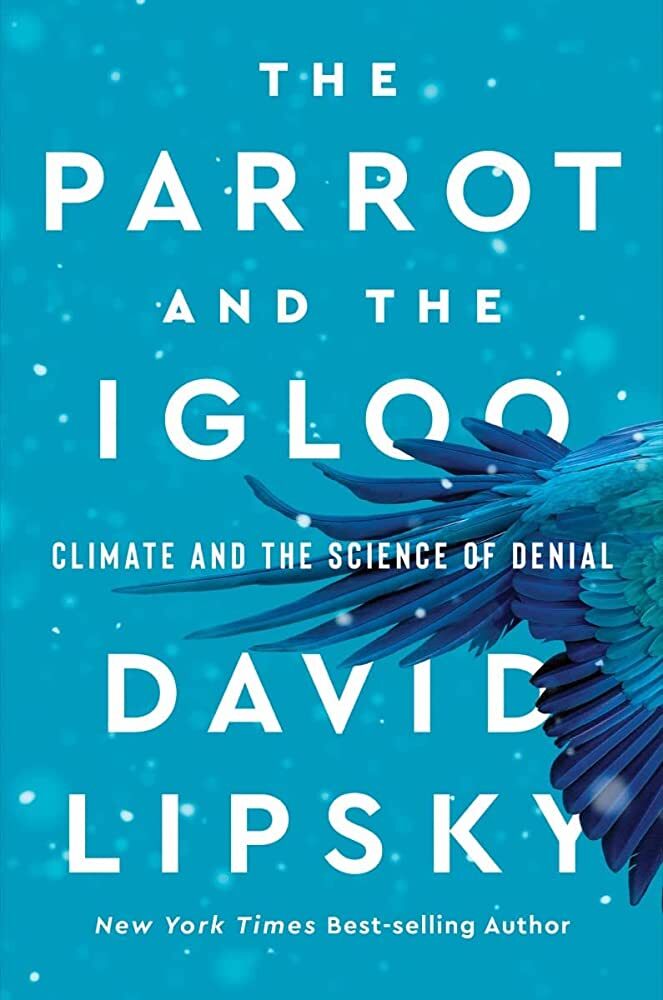The Hustler
Books and other sources consulted for this chapter
Paul Israel, Edison: Life of Invention, John Wiley & Sons, 1998.
Randall E. Stross, The Wizard of Menlo Park: How Thomas Alva Edison Invented the Modern World, Crown, 2007.
Matthew Josephson, Edison: A Biography, McGraw Hill, 1959.
Jill Jonnes, Empires of Light: Edison, Tesla, Westinghouse, and the Race to Electrify the World, Random House, 2003.
Rudolph Valier Alvarado, Critical Lives: The Life and Work of Thomas Edison, Alpha/Pearson, 2002.
Charles Bazerman, The Languages of Edison’s Light, MIT Press, 1999.
Per Bazerman, Edison cleared $150 in a single day. A tremendous haul for a fifteen-year-old; Union soldiers were then paid about $13 per week.
R. R. (Richard Rogers) Bowker, ed., “Great American Industries. XII.—Electricity,” Harper’s, October 1896
What Morse liked to say was his invention could make “one neighborhood of the whole country.”
Marshall McLuhan, Understanding Media: The Extensions of Man, McGraw Hill, 1964.
Matthew Josephson—Edison, 1959—made the same point five years earlier. It’s just that Josephson’s sky was sunny:
The importance of the telegraph in 1850 to 1880 (before the day of the telephone), the mighty impetus it gave to the American economy, can scarcely be measured nowadays. It was commonly said that it “broke down isolation” and “conquered distance.”
Julie M. Fenster, “Inventing the Telephone—And Triggering All-Out Patent War,” American Heritage, March 11, 2006.
Richard R. John, “Recasting the Information Infrastructure for the Industrial Age,” in Alfred D. Chandler, Jr., and James W. Cortada, eds., A Nation Transformed by Information: How Information Has Shaped the United States from Colonial Times to the Present, Oxford University Press, 2000.
Randy Alfred, “March 10, 1876: ‘Mr. Watson, Come . . .’” Wired, March 31, 2011.
https://www.wired.com/2011/03/0310bell-invents-telephone-mr-watson-come-here/
Accessed January 4, 2023.
Steven Lubar, Infoculture: The Smithsonian Book of Information Age Inventions, Houghton Mifflin, 1993.
David Hochfelder, The Telegraph in America, 1832–1920, Johns Hopkins University Press, 2012.
Thomas A. Watson, Exploring Life: The Autobiography of Thomas A. Watson, D. Appleton and Company, 1926.
The Watson of Alexander G. Bell’s “Mr. Watson come here I want you.” Among other fascinating details: Bell would perform a war dance when phone experiments were especially successful. This did not endear the inventors to their landlady.
And the final detail brings the inventing life into sudden 1080 pixels: “I couldn’t blame her finding fault. She wasn’t at all scientific in her tastes and we were not prompt with our rent.”
David Owen, Copies in Seconds: How a Lone Inventor and an Unknown Company Created the Biggest Communication Breakthrough Since Gutenberg—Chester Carlson and the Birth of the Xerox Machine, Simon & Schuster, 2004.
David Sanderson, “Sony Turned Down $25M Offer for Marvel’s $13Bn Heroes,” The Times (London), February 21, 2018.
Ira Flatow, They All Laughed . . . From Light Bulbs to Lasers: The Fascinating Stories Behind the Great Inventions That Have Changed Our Lives, HarperCollins, 1992.
M. D. Fagen, ed., A History of Engineering and Science in the Bell System. The Early Years (1875–1925). Prepared by Members of the Technical Staff, Bell Telephone Laboratories 1975.
George Bernard Shaw, Preface to The Irrational Knot, Archibald Constable and Company, 1905. Quoted in Josephson, Edison, 1959.
Shaw really was struck by the Americans, and approached his new colleagues in the spirit of anthropology.
These deluded and romantic men gave me a glimpse of the skilled proletariat of the United States. They sang obsolete sentimental songs with genuine emotion; and their language was frightful even to an Irishman. They worked with a ferocious energy which was out of all proportion to the actual result achieved. . . . They adored Mr. Edison as the greatest man of all time in every possible department of science, art and philosophy, and execrated Mr. Graham Bell, the inventor of the rival telephone, as his Satanic adversary; but each of them had (or pretended to have) on the brink of completion, an improvement on the telephone, usually a new transmitter.
The playwright also claims, facetiously, to have “laid the foundation for Mr. Edison’s London reputation.”
Walter Isaacson, Steve Jobs, Simon & Schuster, 2011.
William Grimes, “Great ‘Hello’ Mystery Is Solved,” The New York Times, March 5, 1992.
Allen Koenigsberg, “The First ‘Hello!’: Thomas Edison, the Phonograph and the Telephone,” Antique Phonograph Monthly, October 1987.
Edwin G. Burrows and Mike Wallace, Gotham: A History of New York City to 1898, Oxford University Press, 1998.
The “Hello Girls” also operated as de facto customer service. “The new ‘Hello Girls’ proved successful at soothing irate customers,” the historians explain. “Equipment and connections being frustratingly unreliable.”
After the phonograph, the visitors. Bazerman in The Languages of Edison’s Light measures the long-term boost to Edison’s public image.
“Edison’s inventing the phonograph was reported as an exciting and life-changing event,” he writes. “The livelier daily newspapers and popular periodicals began [to] treat Menlo Park as a site of pilgrimage. . . As a result, he became the genial and loquacious Wizard of Menlo Park.”
A. O. Tate, Edison’s Open Door: The Life Story of Thomas A. Edison, A Great Individualist, E. P. Dutton, 1938.
Tate, Edison’s longtime secretary, recalls Henry Stanley as a “small man,” with iron-gray hair, a face that “seemed never to change its expression.” The “Well, I like a” anecdote can also be found in Josephson’s Edison, Stross’ Wizard of Menlo Park, Essig’s Edison and the Electric Chair, and, because of its clear excellence as anecdote, The Little Brown Book of Anecdotes.
